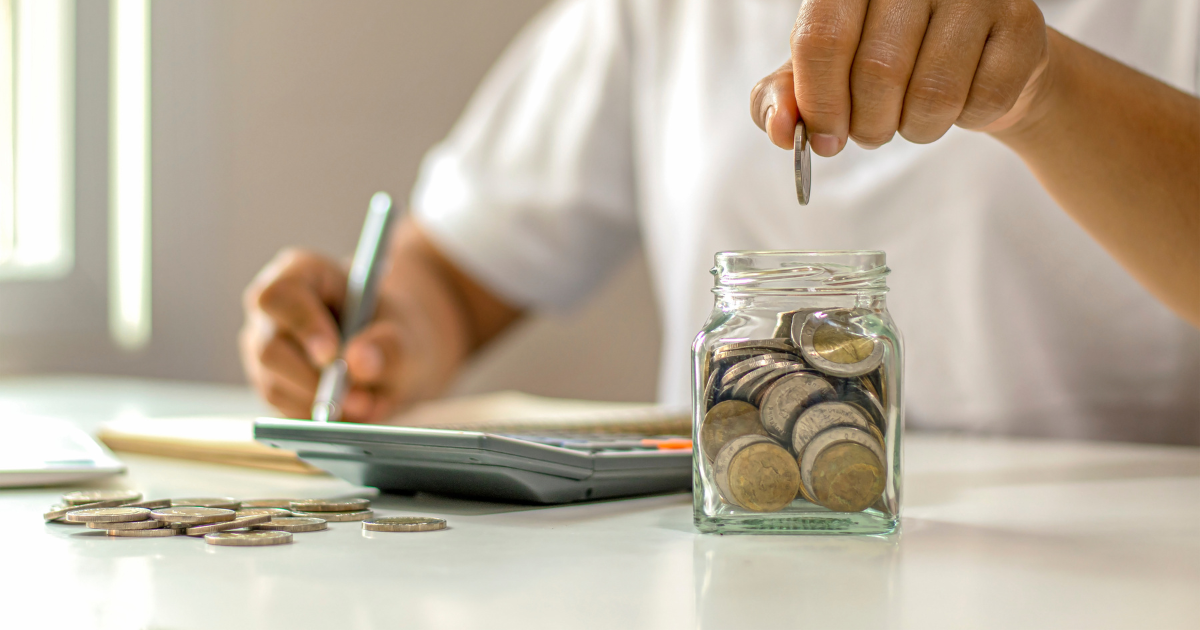
Soaring rent prices have added to a rough situation for tenants who are already being hammered by inflation and a cost-of-living crisis and many renters are looking to purchase their own properties and become homeowners, whether it’s to take their first steps towards the Australian dream, or just to get some stability in their living situations.
But saving a deposit while paying rent is another challenge and one that is getting tougher now that all those interest rate rises have reduced people’s borrowing power by more than 30% in the last two years. The less you can borrow, the longer you have to spend saving a deposit. And the longer you spend saving, the longer you have to rent, and the more exposed you are to further increases and the possibility you will have to move out and try to find a new place.
It’s a nightmare – so if this is you, here are five tips for how to save that deposit as quickly as possible.
Own but don’t occupy
Who said the first property you bought had to be the dream home that you’d live in forever? Who said it even had to be a home you’d live in at all? If you want to get to where you want to be, you’re going to need enough capital and equity to eventually buy a great owner-occupier. But these days, it’s harder to do so straight away.
So why not start by buying an investment property you can afford in an emerging market?
You might find that you need a much smaller deposit and will then have the added bonus of having a renter in there to make the repayments for you.
Meanwhile, you build wealth through the equity the property accumulates. If you can repeat this process over and over, you will supercharge your savings and create the equity you need for a deposit on an owner- occupier.
Budget properly
The best way to save money is to create a detailed budget. Track all your income and expenses to understand where your money is going.
Categorise spending into essentials (rent, utilities, groceries) and non-essentials (dining out, entertainment). This will help you identify areas where you can cut back.
You should also automate your savings by establishing a high-interest savings account and allocating a portion of your income to be automatically transferred into it. There are budgeting apps these days that can help you and even round up change from purchases into your savings.
Put the government to work
The federal government has a number of schemes to help first home buyers get into the market. And the states and territories may also have stimulus measures on top of the federal initiatives. Programs like the First Home Owner Grant (FHOG), First Home Loan Deposit Scheme (FHLDS), and the First Home Super Saver Scheme (FHSSS) can help you get a deposit together faster. Get online and see what might be available to you.
Be energetic about the best deals
There’s plenty of money to be saved by switching energy companies, insurance providers and various other services that drain your savings. You can shop around for the best deals on a number of online comparison sites.
On top of this, change your own behaviour for the better. Turn lights off at home, line dry your laundry and use energy efficient appliances to make as much difference as you can. Stop wasting money on takeaway…especially the delivery riders. It all adds up.
Do your time in a cheaper rental
Reducing your rent can significantly boost your savings. If you have been with one landlord for a while and have a good relationship, you could try negotiating cheaper rent. Sometimes landlords prioritise keeping good tenants over incremental rent rises.
If they won’t come to the party, look for a more affordable rental property, even if it means compromising by moving to a less trendy neighbourhood, sharing a house with roommates, or downsizing to a smaller place. These moves can result in substantial savings and it won’t be forever. It will feel worth it once you can get off the rental treadmill for good.
Related posts


How Queensland’s New Rental Laws Will Impact Rental Management


